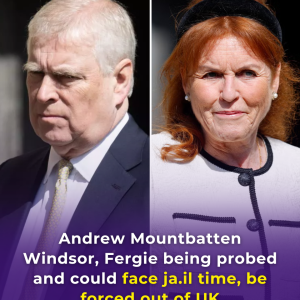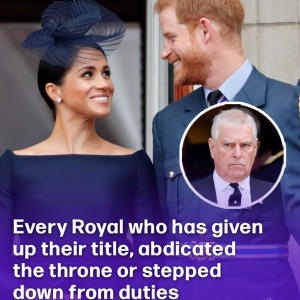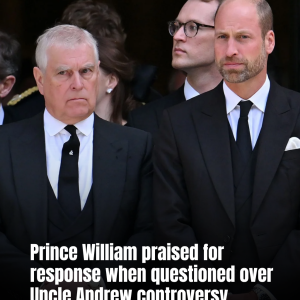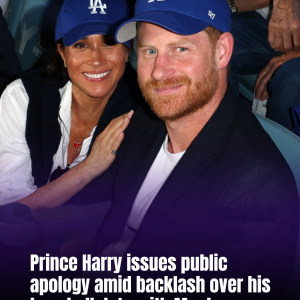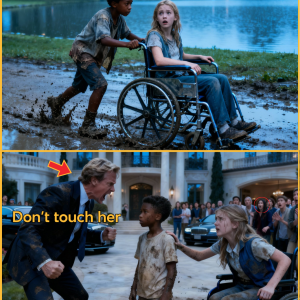“They do it to make people more aware when severe weather is on the way. In the past we’ve had lots of storms with different names including Storm Francis, Storm Dennis, and Storm Eunice.” And this year, some of the names included are people who have responded to extreme weather events and helped their community.

Why do storms have names?
The Met Office decided to start giving storms names back in 2014, in the same way they do in America.
The first windstorm to be named was Abigail on 10 November 2015.
The Met Office hoped that naming big storms will make people more aware of them and how dangerous they can be.
They think it will be easier to follow the progress of a storm on the TV, radio, or on social media, if it has a name.
Derrick Ryall, from the Met Office, said: “We have seen how naming storms elsewhere in the world raises awareness of severe weather before it strikes.”

Why were storms only named after female?
Until the 1940s, hurricanes in the U.S. were generally referred to simply by the year and/or place they occurred, such as the “Great Miami Hurricane of 1926.” That changed during World War II, when Navy and Air Force meteorologists began to name the tropical storms they tracked after their girlfriends and wives for easier reference.
For a time, the U.S. military also experimented with naming storms after its phonetic alphabet — Able, Baker, Charlie, and so on — but this was replaced with a system thought to be less confusing and easier for the public to remember. In 1954, the National Weather Bureau chose to use women’s names as the standard for hurricanes; that year saw Alice, Barbara, Carol, and others.

But why women’s names, specifically? The decision was partially inspired by the trend that began during the war, though it was also rooted in sexist stereotypes about the temperamental nature of women.
The practice continued in the U.S. until the 1970s, when members of the women’s movement spoke out against the negative characterization of women that pervaded every facet of society, including storm-naming. In 1979, the National Weather Service and the World Meteorological Association changed the naming convention to include an even split of women’s and men’s names, using six groups of 26 names that rotate annually.

How big do storms have to be to get a name?
Not all storms will be big enough to get names – only those expected to cause significant damage.
A storm will be named when it has the potential to cause an amber ‘be prepared’ or red ‘take action’ warning.
